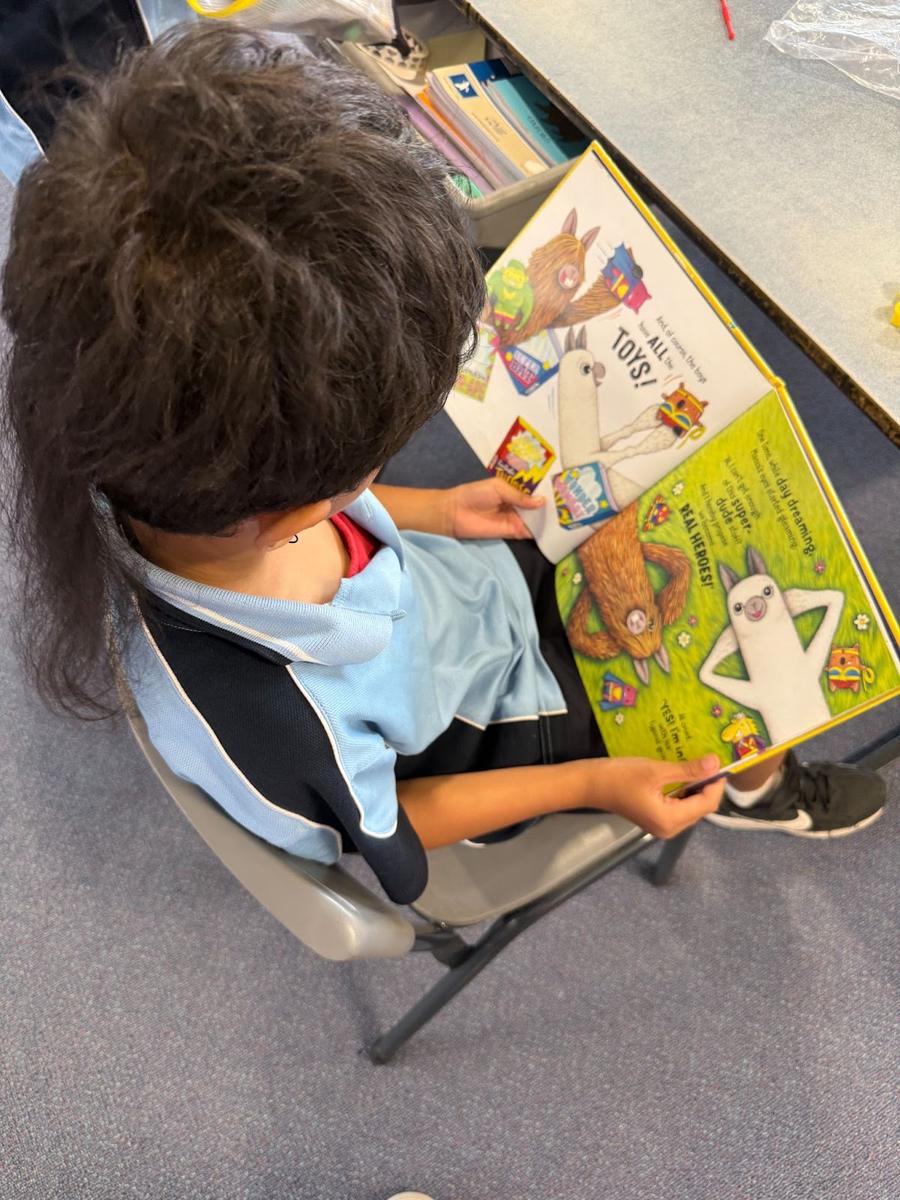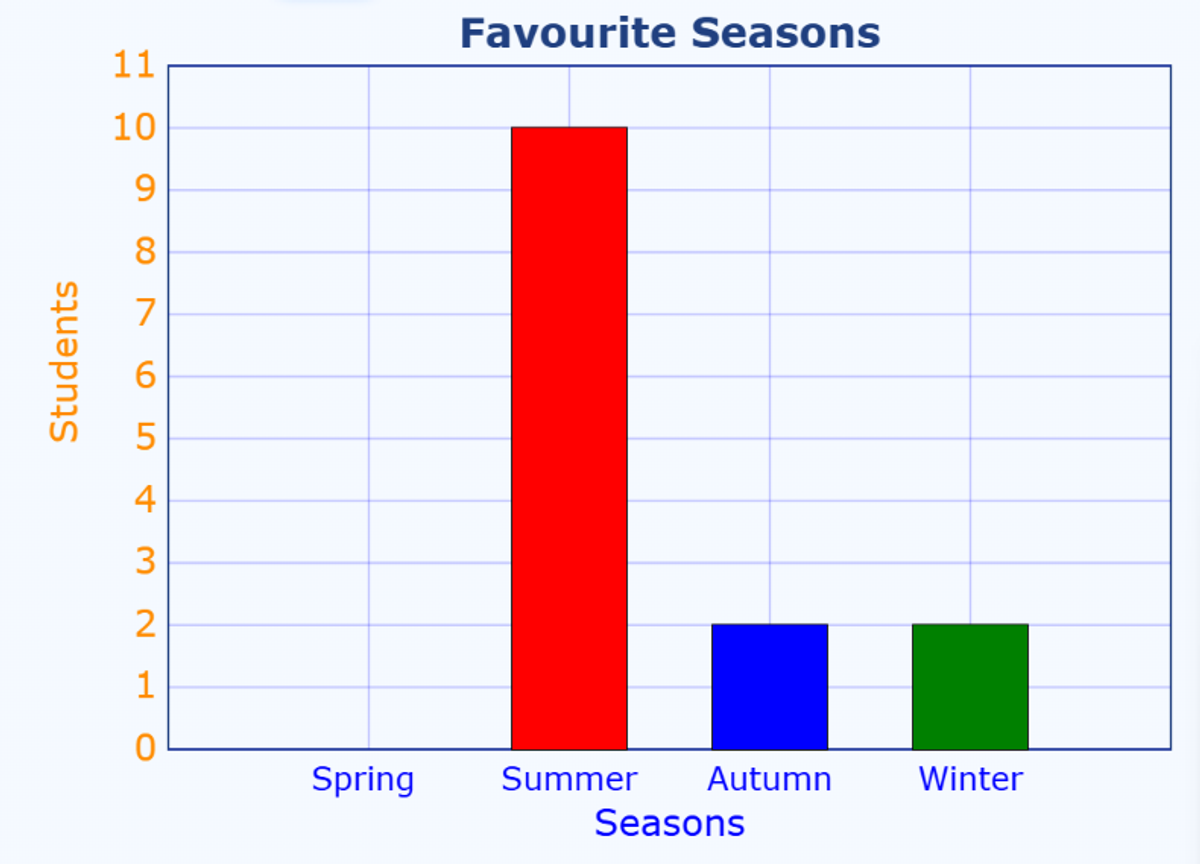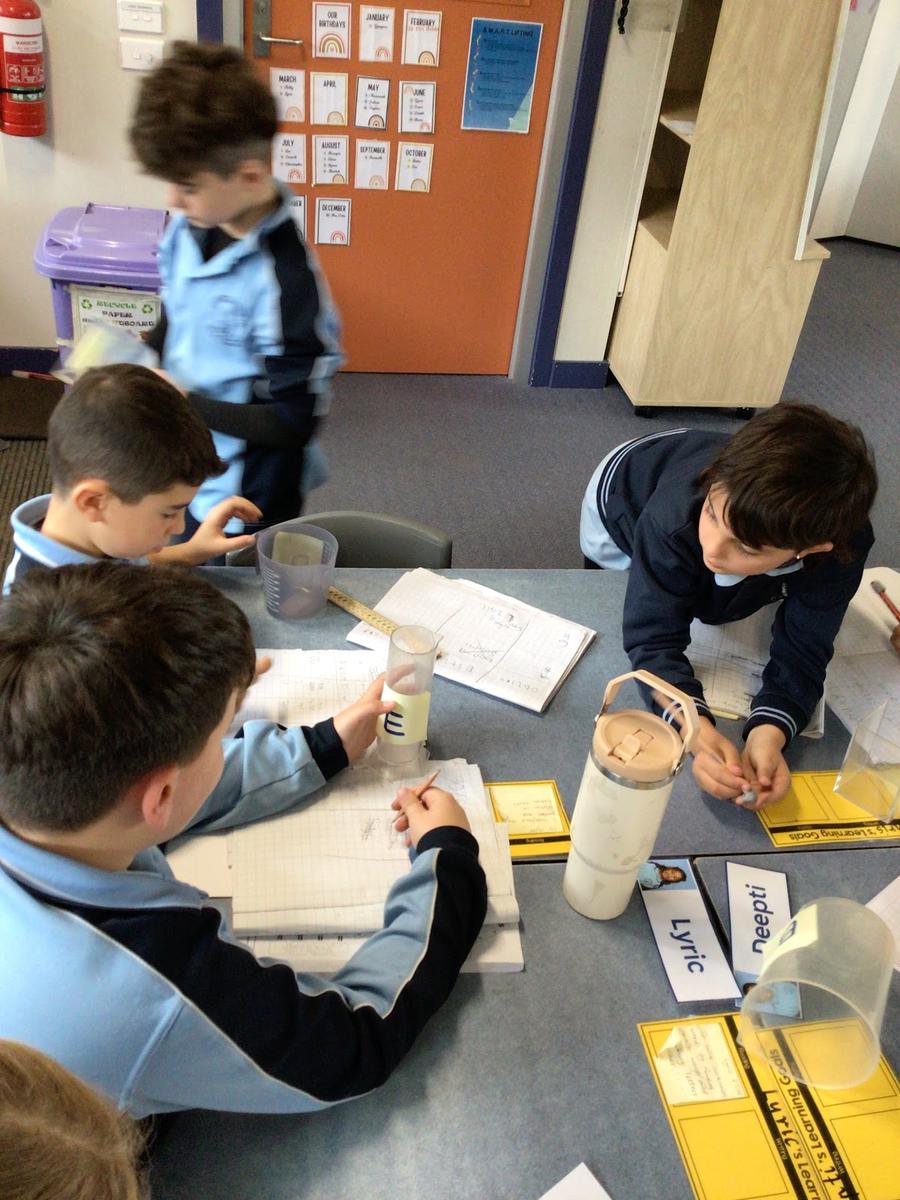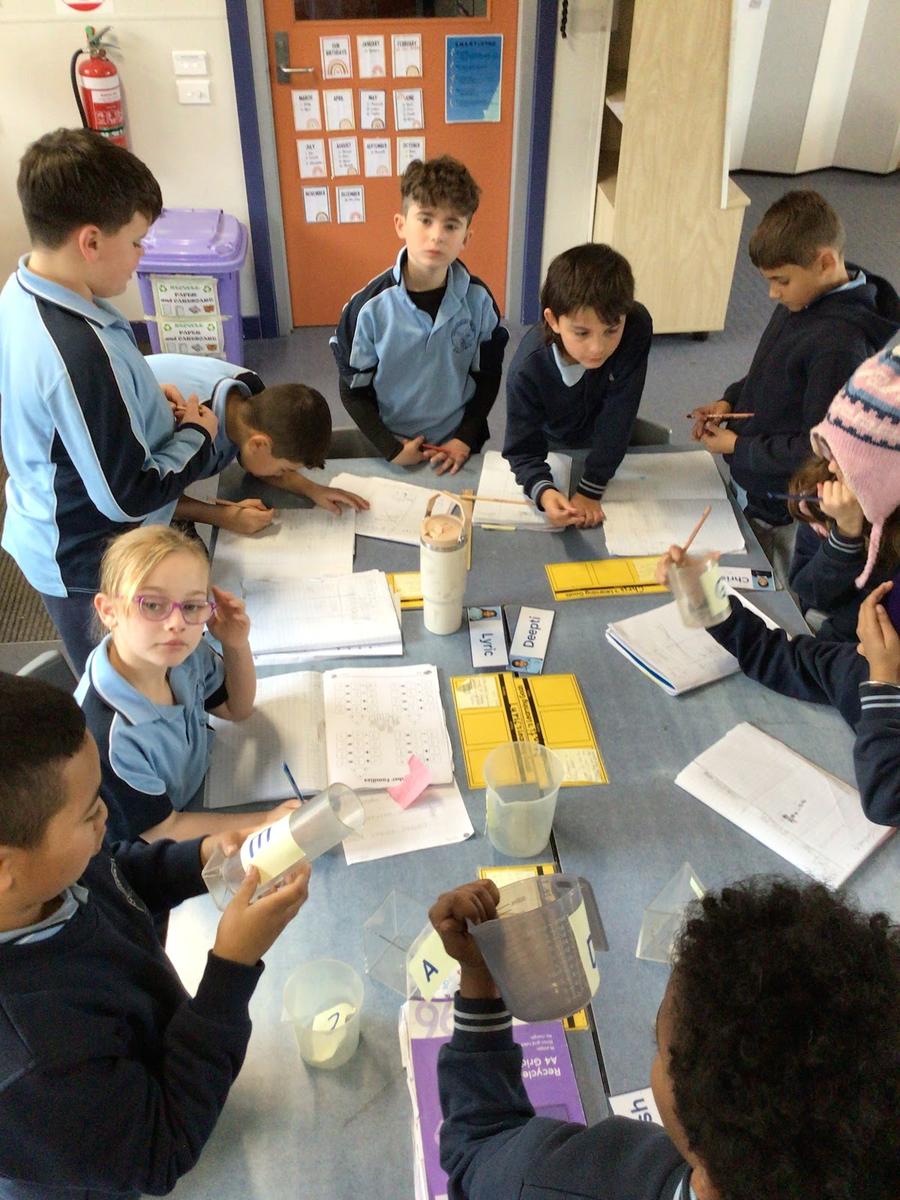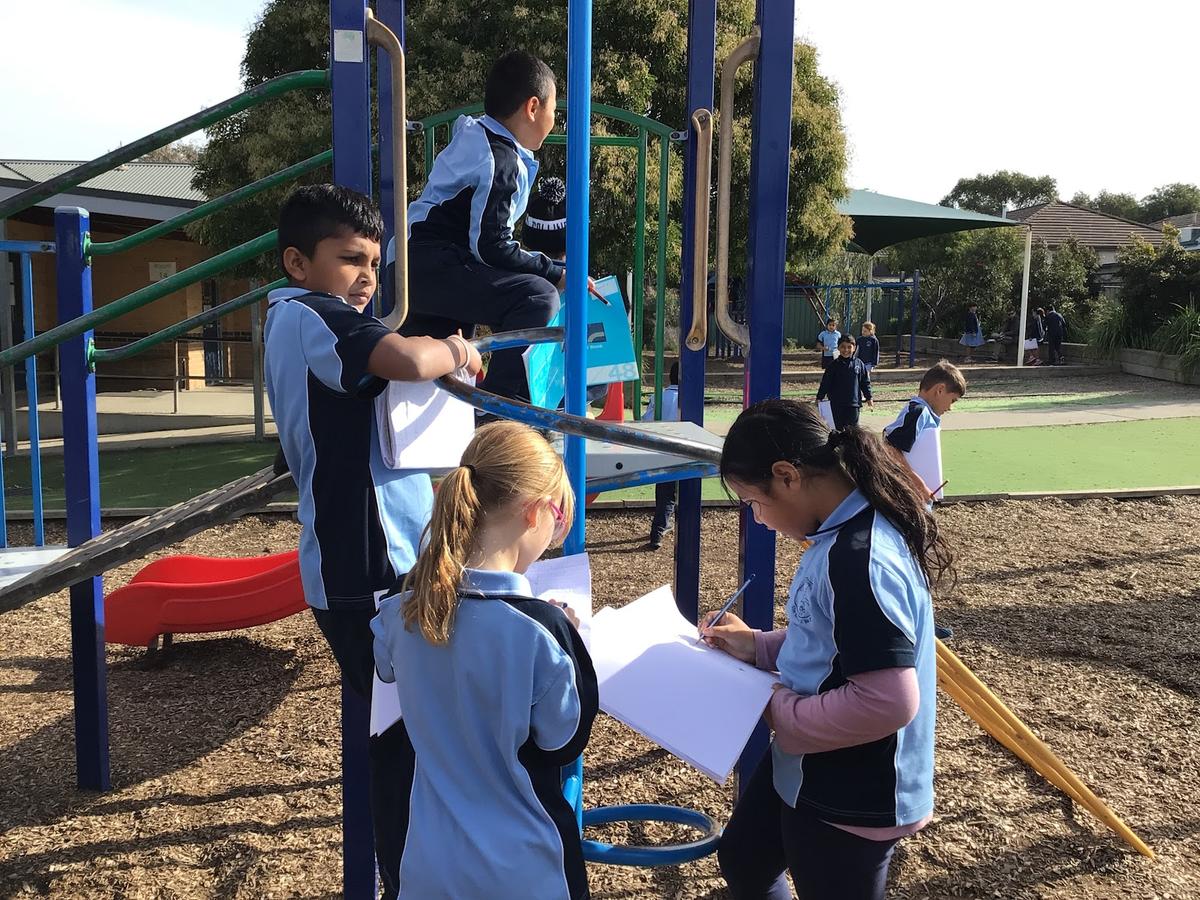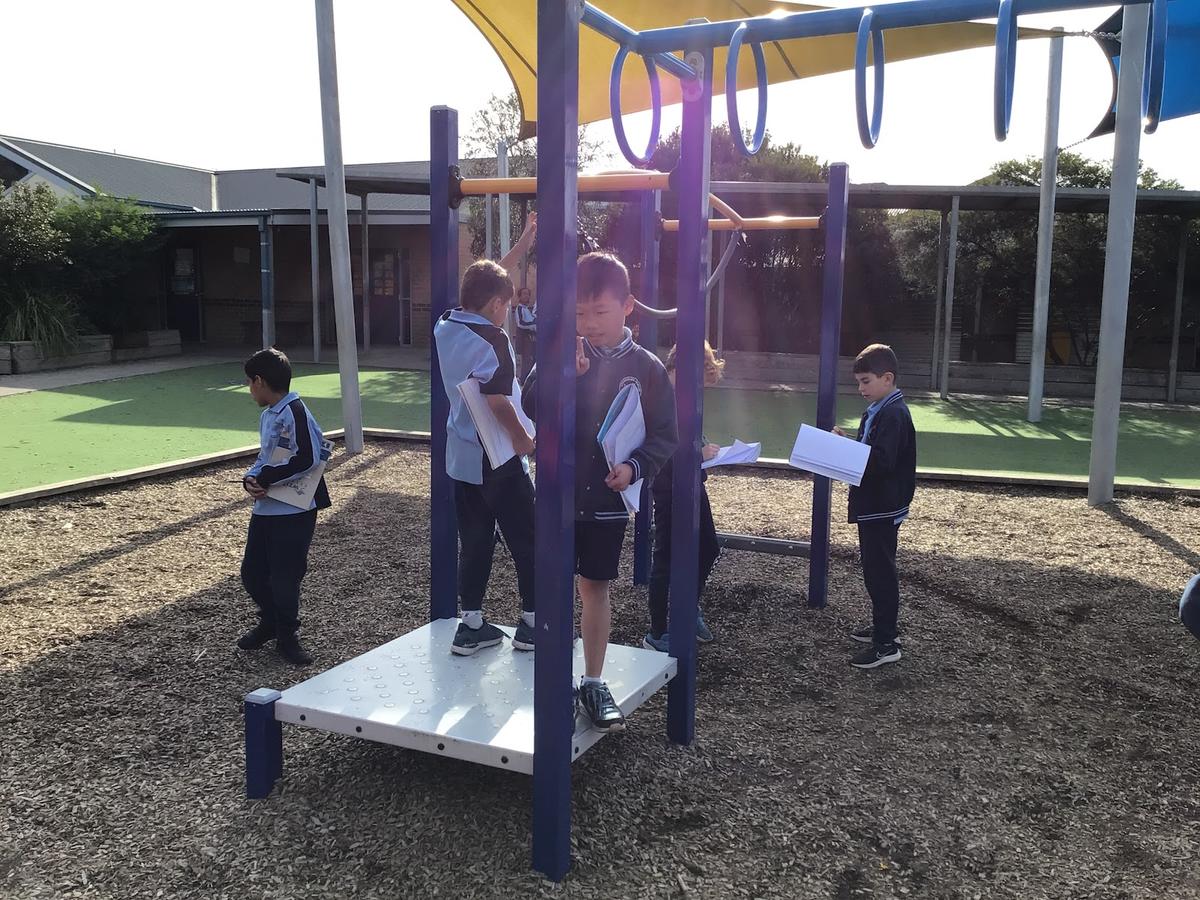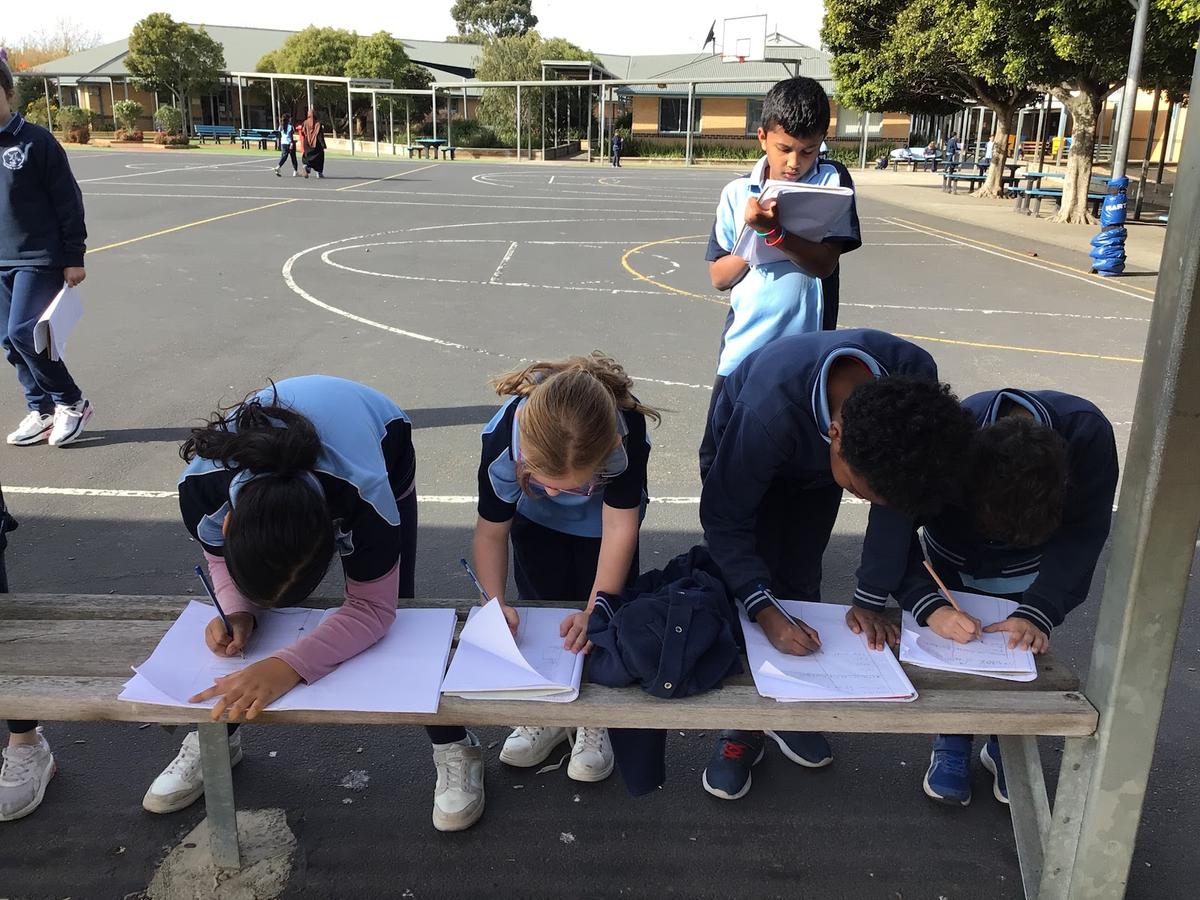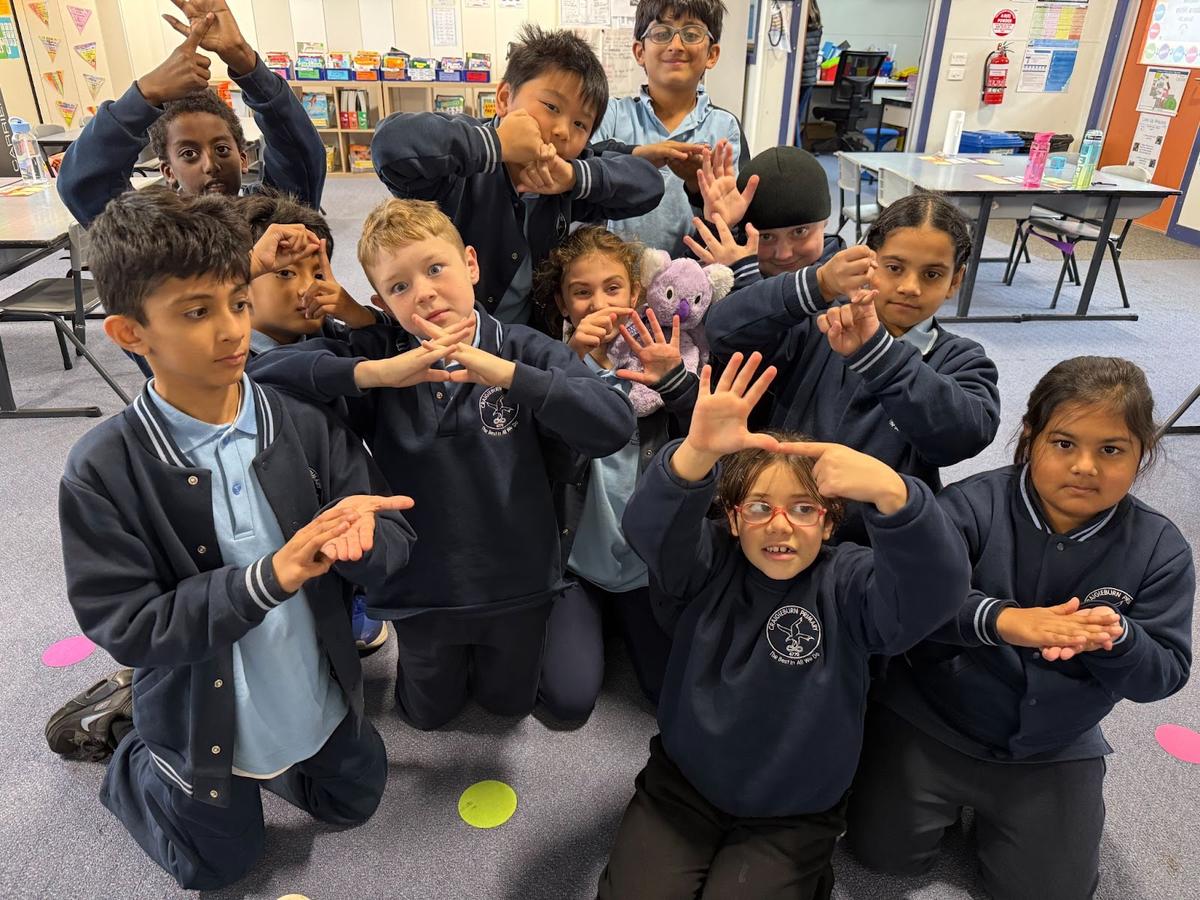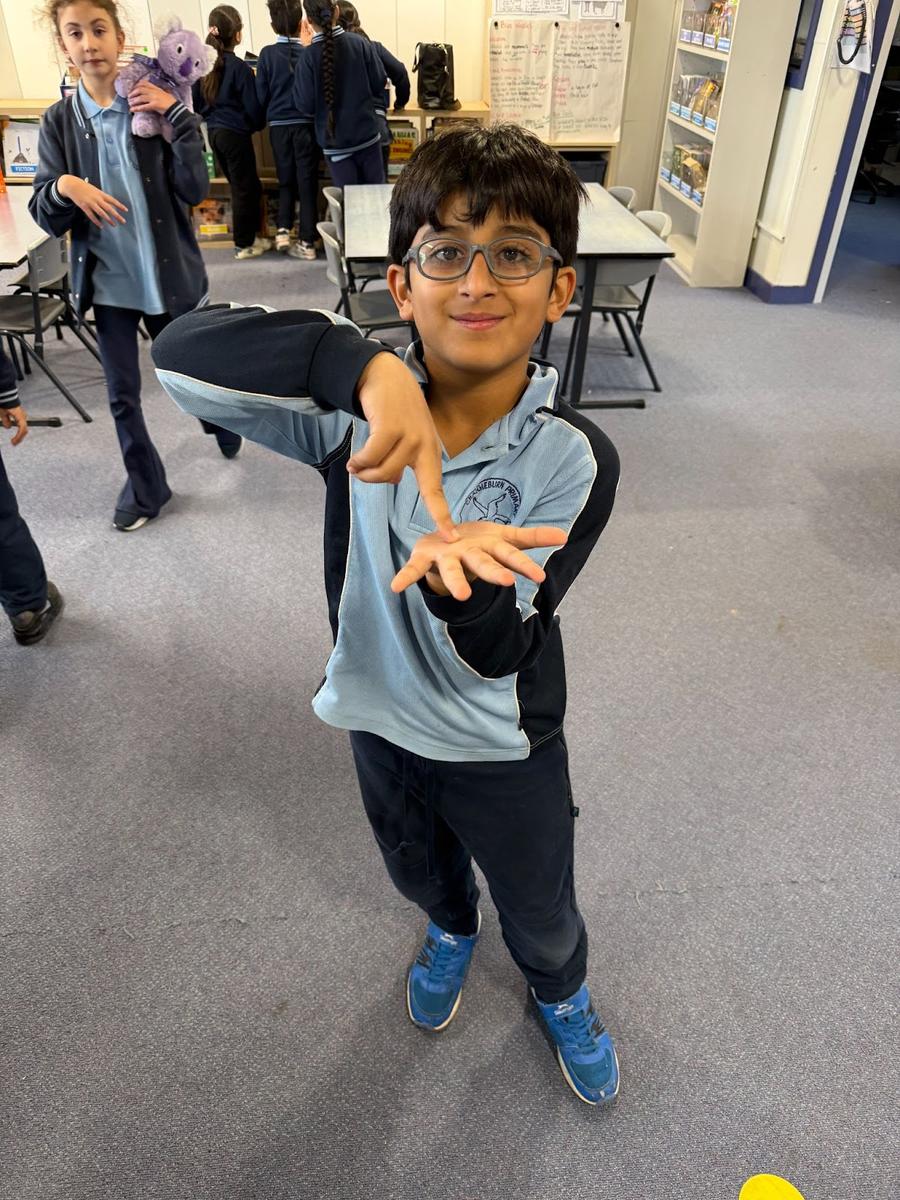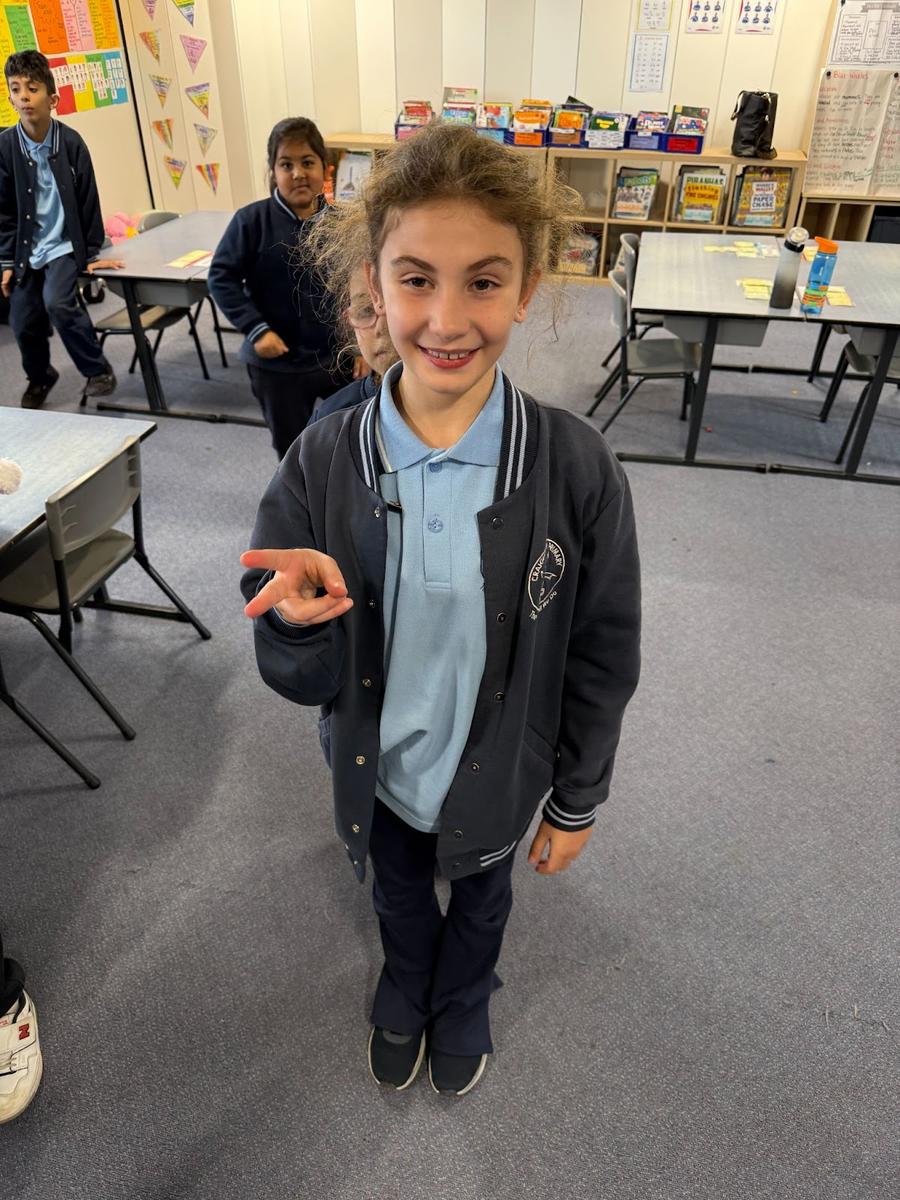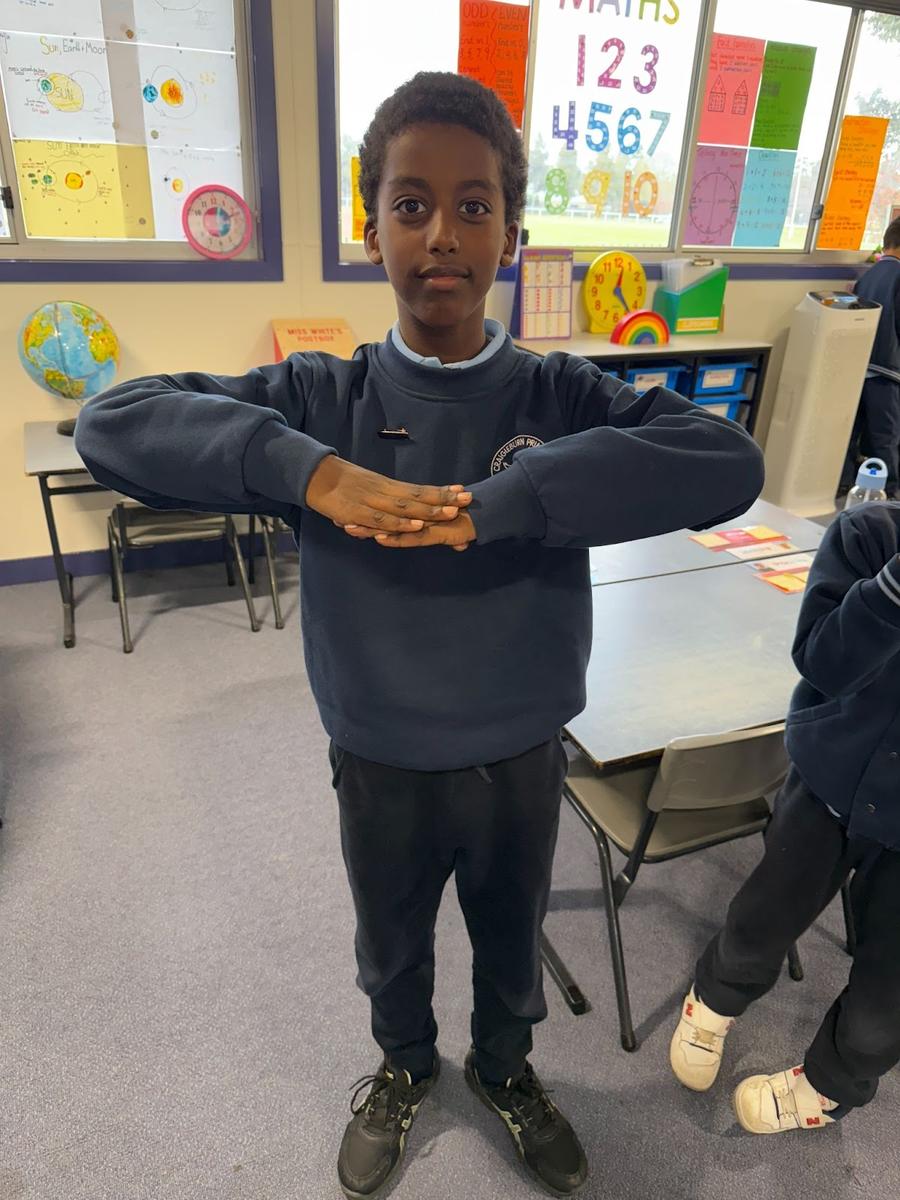Year 3 News
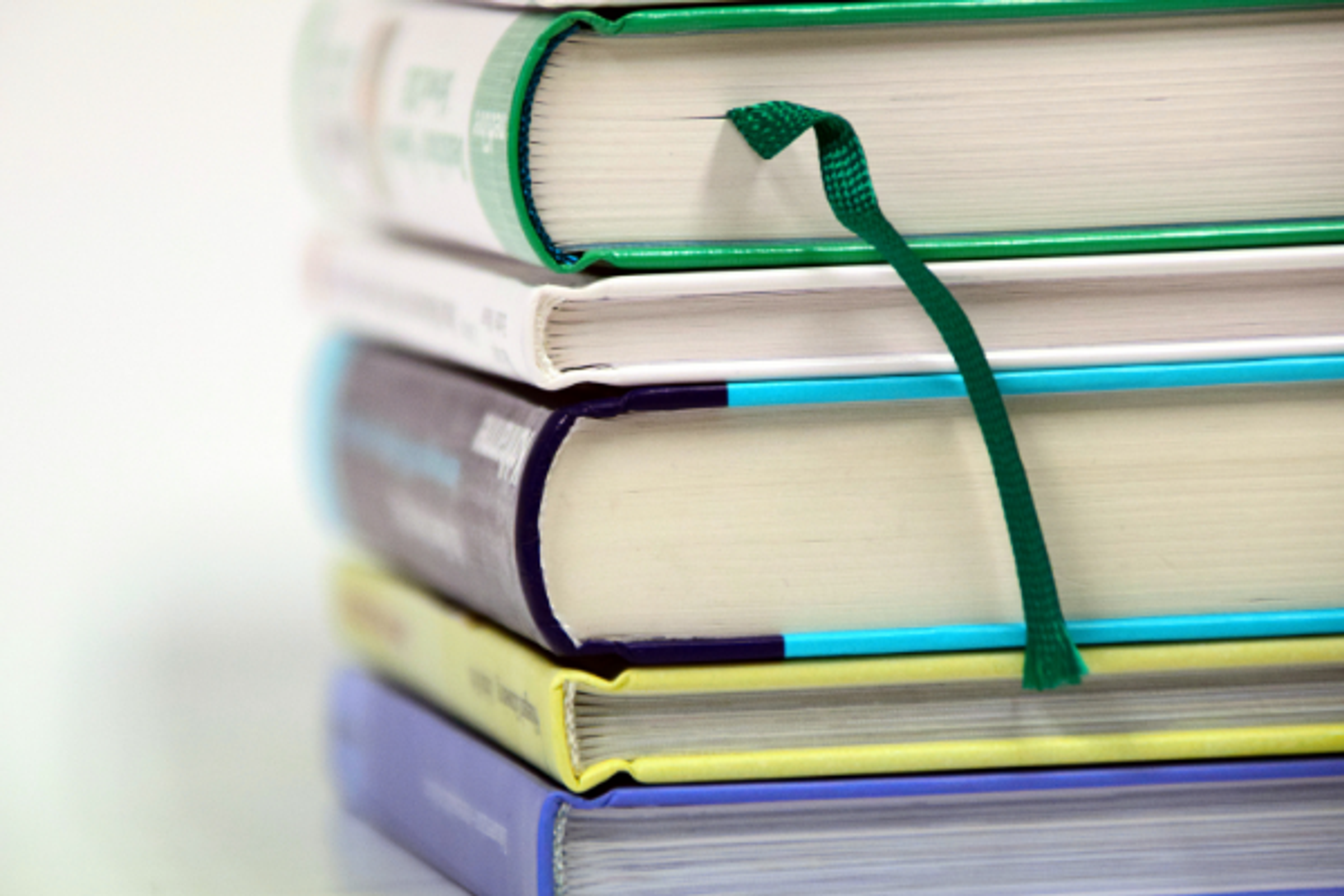
Reading
This fortnight in Year 3, our students have been focusing on self-monitoring, summarising, and visualising.
With self-monitoring, students are learning to become more aware of their own understanding as they read. They’re practising how to recognise when something doesn’t make sense and using strategies like rereading, slowing down, or asking questions to clarify meaning.
In our work on summarising, students have been developing the ability to identify key ideas and main points from a text. They’re learning to highlight important information and to express what they've read in their own words.
We’ve also been exploring the strategy of visualising - encouraging students to create mental images based on the words and descriptions they read. By “seeing” the story in their minds, students are better able to connect with the characters, setting, and events.
“It was fun using the ‘Click or Clunk’ strategy while reading. It was challenging.” - Hasan 3A
“It was really fun learning to tell the important parts. This is summarising.” - Shiloh 3A
Writing
The Year 3’s have been continuing to develop their skills in creating Information Reports.
The students were given the task to write an Information Report about a topic they learnt about on the Planetarium Excursion. Lots of students choose to write about the importance of the Earth’s tilt, whereas others wrote about the different star constellations they saw and learnt about.
Students worked in groups to plan, draft, revise, edit and then create a final copy in poster form. The Year 3’s used Get Epic and Kiddle to derive further information about their topic of choice.
It’s always great to see the students working collaboratively on a research task.
“We are writing about the different star constellations, like Leo the Lion.” - Leo 3C
Maths
The last few weeks were busy for the Year 3’s in math. The concepts all revolved around collecting data and displaying it in a graph. To begin with, students designed a survey for the class to complete. With the data they had collected in tally charts, we first made pictographs. After that, we moved on to bar graphs, complete with titles and labels for both our X and Y axes and a uniform scale of numbers. Once we had finished our bar graphs, we answered questions that would give us insight into the students we surveyed. Why did most of our class choose summer as our favourite season? Does it have anything to do with a break from school? Once the analysis was complete, we moved on to creating different graphs using computers. This last lesson was a favourite among many of our students.
“We use the graphs to find out what people like, more or less” Saihaj 3B
“Collecting data from people was fun” Ekam 3B
These photos are from the Year 3s exploration of capacity. It was fantastic to see the students sharing their thoughts and ideas about which container they thought held more or less, then explaining their reasoning. Once everyone had estimated the order of the capacity of the containers in their workbooks, we investigated the capacities of the containers with water.
As the teacher was pouring the water you could hear the students’ awe and excitement!
Inquiry
For Inquiry the Year 3 students have moved on to learning about the erosion cycle and the different types of erosion.
The first type of erosion the students learnt about was human erosion. They were asked the question: how do humans change their environment?
Students had great prior knowledge on the huge ways humans impact earth, like deforestation and building houses on land.
The focus on human erosion was how humans cause everyday wear and tear to things around them. This can happen by walking on grass, playing on play equipment or even sitting on a park bench.
Students explored the upper playground, basketball courts and outside paths, documenting any human erosion they noticed.
Next students will move on to learning about how water, wind and ice cause erosion to landscapes.
“Look, the paint on top of the bars has worn away.” Samrath 3C
“Some of the lines on the basketball court are hardly there anymore.” Lyric 3C
Social and Emotional Learning
In the last fortnight students continued learning about personal strengths, and how they are a necessary driving force of everyday life. Students named and defined a list of personal strengths and compiled a list as a class. Once the list was complete, we each picked two strengths and detailed a time in our life when that strength was used, along with an illustration. We also learned about the fact that, though apologising is an important part of living in a community, acting honourably and compassionately should always be our priority. We should always strive to behave in a way that does not warrant an apology.
“We learned about personal strengths, and it was really fun because we shared the kind things we did” Rohaan 3B
“We learned to be kind and stay calm in challenging situations” Elora 3B
Special Event
Auslan
This term, students have been exploring Auslan (Australian Sign Language) and developing their communication skills in a new and exciting way. So far, we’ve learnt to sign the alphabet, a range of colours, everyday greetings and vocabulary related to family. It’s been wonderful to see the students engage with Auslan and show such enthusiasm for learning a new language.
“Deaf people use their hands to talk.” - Hibah 3A
“Deaf people make words with their hands because they can’t talk.” - Pouniu 3A
Here are some of 3A’s favourite signs:

